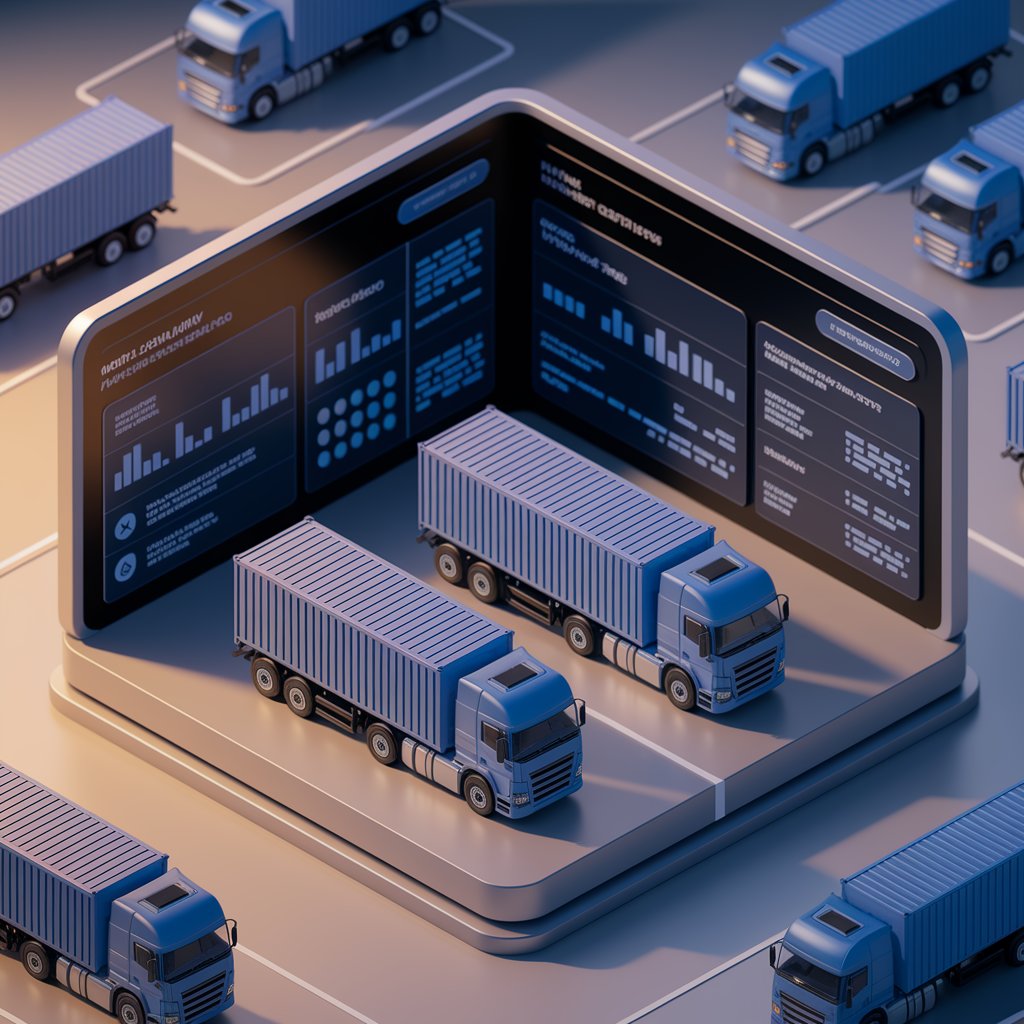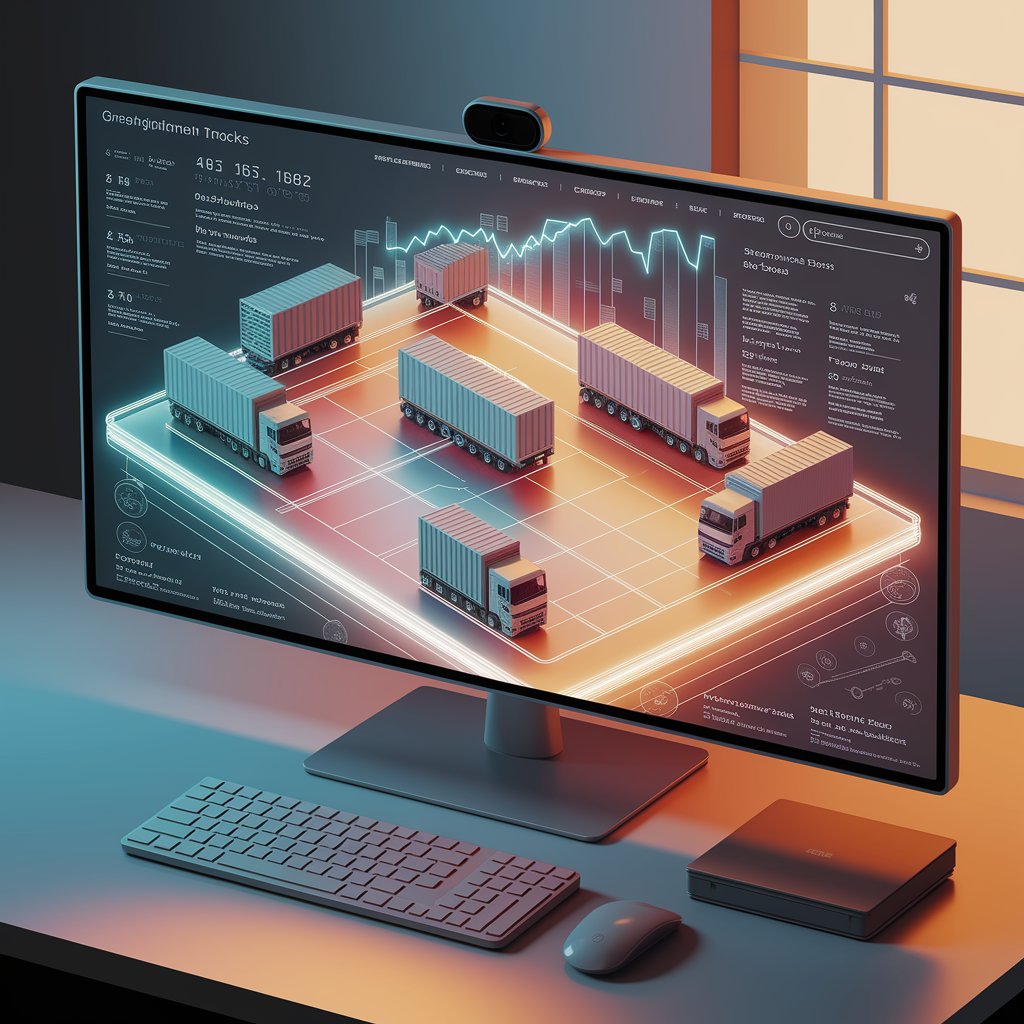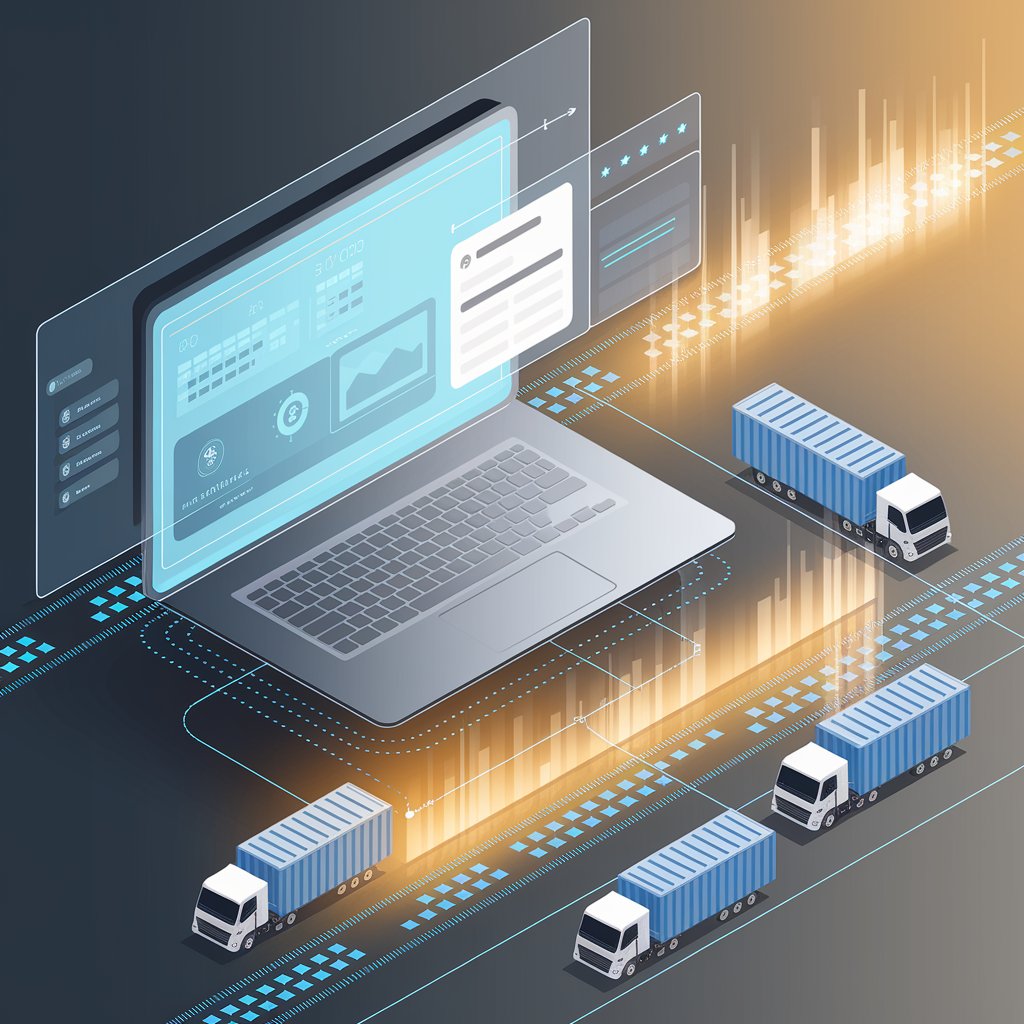Digital Freight Platform: Connecting Carriers, Brokers, and Shippers in Real Time

In this guide, you'll discover:
- What a digital freight platform is
- Key features that make it powerful
- Benefits for carriers, brokers, and shippers
- Real-world use cases
- How to choose the right platform for your business
What Is a Digital Freight Platform?
A digital freight platform is a cloud-based system that brings together shippers, carriers, and brokers onto a unified interface where they can exchange information, book loads, track shipments, and manage the entire logistics lifecycle in real time.
Instead of navigating spreadsheets, emails, and fragmented tools, users operate within a centralized digital ecosystem that promotes speed, visibility, and efficiency.

Core Features of a Digital Freight Platform
Here are the features that make these platforms a must-have in freight:
Feature | Description |
🚛 Load Matching | Instantly pair available trucks with shipper needs |
📦 Real-Time Shipment Tracking | End-to-end visibility across the supply chain |
💰 Digital Quoting & Bidding | Automated rate generation and comparisons |
🗂️ Document Management | Digitally handle BOLs, invoices, and contracts |
🔄 API Integrations | Connect with TMS, WMS, and accounting platforms |
📊 Analytics Dashboard | Monitor KPIs and optimize performance |
These capabilities are designed to eliminate waste, improve service levels, and accelerate decision-making.
Who Uses It — And Why It Matters
A digital freight platform isn’t limited to one party in the supply chain — it’s built for the entire network:
- 🧑💼 Brokers get visibility and automation for quoting and dispatching
- 🚛 Carriers gain access to load boards and digital tools
- 📦 Shippers secure faster rates and better tracking
- 📊 Operations teams simplify scheduling and reduce back-and-forth
It’s not just technology — it’s the foundation for modern logistics collaboration.

Benefits of Going Digital in Freight
Adopting a digital freight platform brings real advantages:
- ✅ Faster Booking: Automated load matching cuts response times
- ✅ Fewer Errors: Real-time data eliminates miscommunication
- ✅ Stronger Partnerships: Transparent interactions build trust
- ✅ Operational Savings: Reduce manual tasks and resource waste
- ✅ Scalability: Grow your operation without adding complexity
The result? A more agile, competitive, and customer-focused freight business.
Real-World Example: The Freight Broker’s Edge
Let’s say you’re a freight broker managing 1,000 shipments per month. With a digital freight platform:
- You receive quotes automatically from a pool of carriers
- Shippers track their loads in real time without calling
- Your team spends less time on paperwork and more on growth
You turn manual chaos into digital precision.

How to Choose the Right Platform
When evaluating a digital freight platform, ask yourself:
- Does it support my role (shipper, broker, carrier)?
- Can it integrate with my current tech stack?
- Does it offer real-time visibility and automation?
- Is it scalable and user-friendly?
- Does it improve the customer experience?
Don’t just adopt tech — adopt the right tech for your freight strategy.
Why Now Is the Time to Go Digital
Search demand for “digital freight platform” is rising, and so is the pressure to deliver faster, smarter logistics. With supply chains evolving and customer expectations soaring, digital platforms aren’t optional — they’re the new standard.
📉 Keyword Difficulty: Moderate
🔍 Search Volume: Targeted (170/mo)
💡 Intent: Commercial — People are ready to compare and adopt
🏁 Final Thoughts
The future of freight isn’t just about moving goods — it’s about moving data, decisions, and relationships faster and more efficiently than ever before. A digital freight platform empowers logistics professionals to do just that, uniting all parties in a transparent, streamlined ecosystem.
🚛 Ready to move smarter, not harder? Explore your platform options today.
